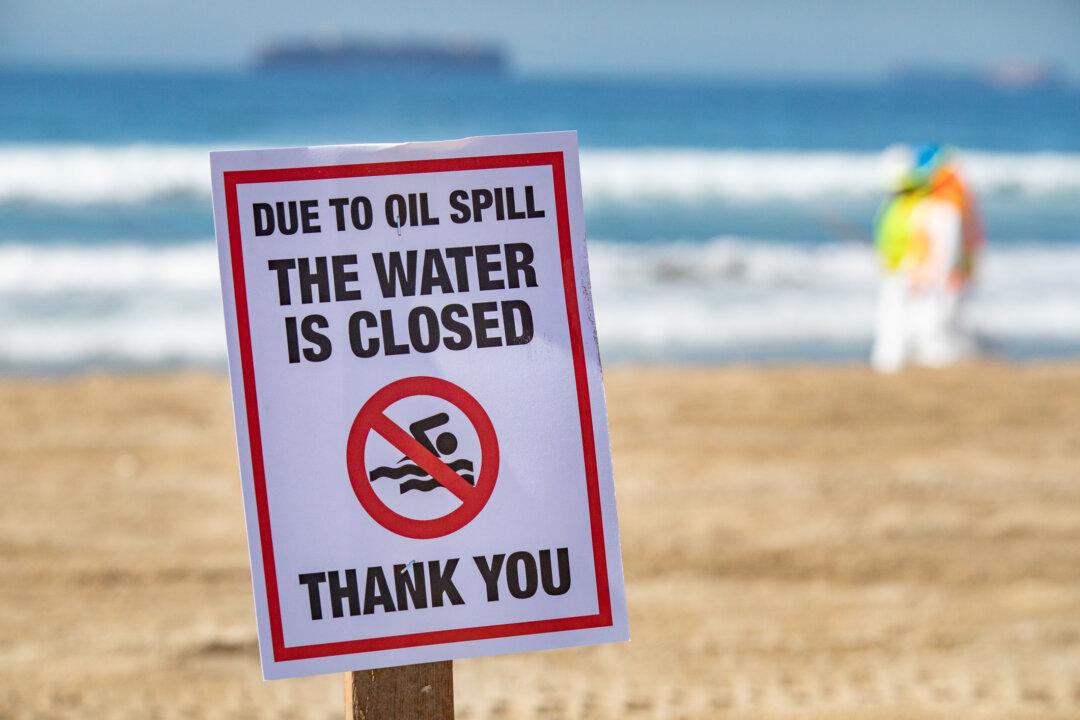Commentary
Oil is a high energy plant-based liquid. It is organic and naturally occurring, and it has been around for millions of years.

Oil is a high energy plant-based liquid. It is organic and naturally occurring, and it has been around for millions of years.